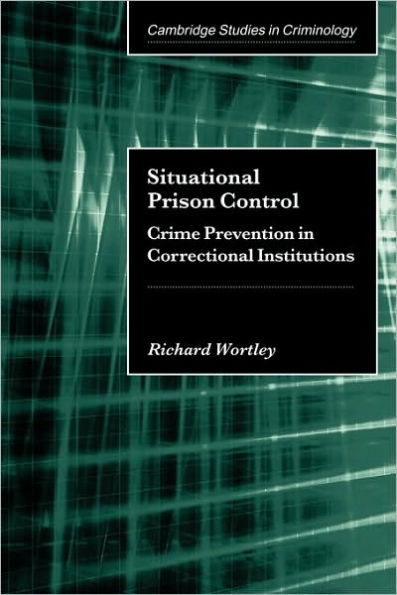This book examines the control of prison disorder through the application of situational crime prevention principles. It spans two subject areas—crime prevention and corrections—and may interest academics as well as practitioners in these fields. On one hand, the book presents a new model of situational prevention that has applications beyond institutions to community settings. On the other, the examination of particular problem behaviors provides a comprehensive review of the prison control literature that does not depend upon a specific interest in situational crime prevention.
1100941521
Situational Prison Control: Crime Prevention in Correctional Institutions
This book examines the control of prison disorder through the application of situational crime prevention principles. It spans two subject areas—crime prevention and corrections—and may interest academics as well as practitioners in these fields. On one hand, the book presents a new model of situational prevention that has applications beyond institutions to community settings. On the other, the examination of particular problem behaviors provides a comprehensive review of the prison control literature that does not depend upon a specific interest in situational crime prevention.
49.0
In Stock
5
1

Situational Prison Control: Crime Prevention in Correctional Institutions
268
Situational Prison Control: Crime Prevention in Correctional Institutions
268Paperback(New Edition)
$49.00
49.0
In Stock

Product Details
| ISBN-13: | 9780521009409 |
|---|---|
| Publisher: | Cambridge University Press |
| Publication date: | 03/25/2002 |
| Series: | Cambridge Studies in Criminology |
| Edition description: | New Edition |
| Pages: | 268 |
| Product dimensions: | 6.02(w) x 8.98(h) x 0.75(d) |
| Lexile: | 1340L (what's this?) |
About the Author
From the B&N Reads Blog
